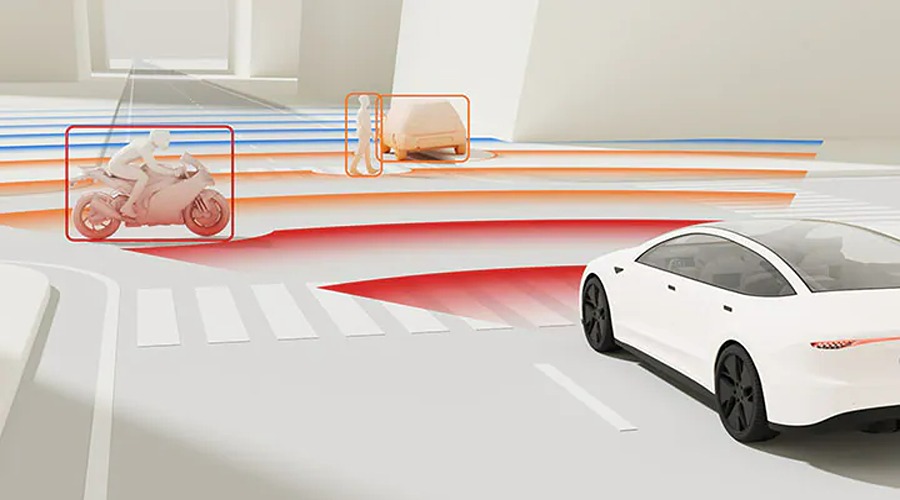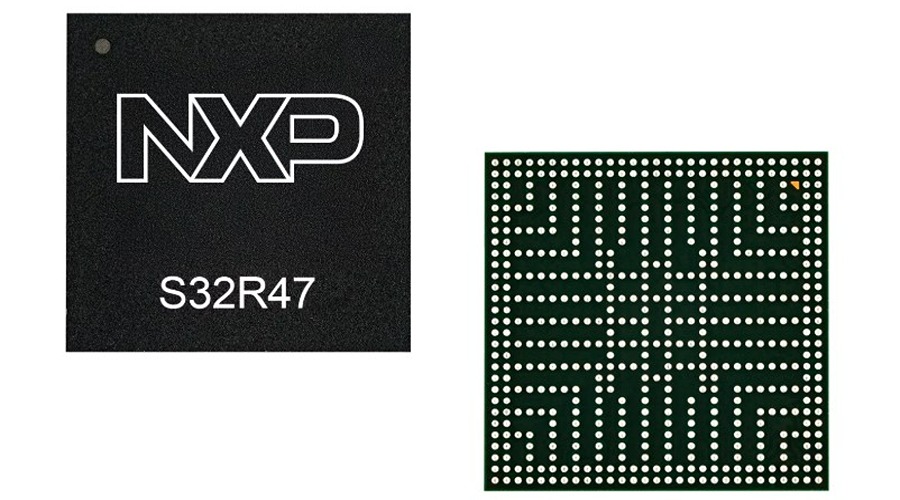
EINDHOVEN, Netherlands, May 12, 2025 – NXP Semiconductors N.V. has unveiled S32R47 imaging radar processors in 16 nm FinFET technology, building on NXP’s expertise in the imaging radar space. The third generation of imaging radar processors offers up to double the processing capability compared to the previous version, with improved cost efficiency and lower power consumption. When used with NXP’s mmWave radar transceivers, power management, and in-vehicle networking components, the S32R47 family meets ISO 26262 ASIL B(D) functional safety standards and supports the development of advanced autonomous driving systems.
Yole Intelligence’s Status of the Radar Industry 2024 report projects that by 2029, around 40% of new vehicles will feature Level 2+(L2+) or Level 3(L3) driving automation, with Level 4(L4) adoption also growing. To meet the demands of this expanding autonomous driving segment. Now is the time that OEMs and tier 1 suppliers enhance radar performance, as it plays a key role in enabling functions like assisted driving and automated parking.
Meindert van den Beld, senior vice president & general manager, Radar & ADAS said, “The S32R47 can efficiently process three times, or more, antenna channels in real time than today’s production solutions. It enables improved imaging radar resolution, sensitivity and dynamic range – required by demanding autonomous driving use cases – while still meeting the stringent power and system cost targets set by OEMs for volume production.”
Imaging radar leverages detailed point cloud data to model the environment. This supports AI-based perception systems that assist with and enable autonomous driving in challenging conditions, such as complex urban areas.
The S32R47 includes a multi-core radar processing system. It produces denser point clouds and supports algorithms for next-gen ADAS systems. This improves object separation, detection reliability, and classification accuracy for items like vulnerable road users or lost cargo.

NXP’s 3rd Generation Imaging Radar Solutions
- Built on the knowledge and technology of two previous generations, the new solution doubles the processing performance of the radar MPU while reducing the IC footprint by 38%. It also supports AI/ML for improved Direction of Arrival (DoA) processing and object classification
- NXP’s imaging radar solutions enables a scalable design with optimized cost, expanded antenna and processing capacity
- NXP’s solution delivers similar or better performance using up to 89% fewer antenna channels, reducing system cost, size, and power consumption
NXP’s Radar Portfolio
NXP’s S32R47 radar processing solution builds upon a comprehensive, scalable portfolio of radar sensing solutions, designed to support diverse OEM needs, from corner radar to 4D imaging. The S32R platform uses a shared architecture to support software reuse and development efficiency. It includes hardware-based security features, over-the-air update capability, and meets current cybersecurity requirements.
Source: NXP Semiconductors
About NXP Semiconductors

NXP Semiconductors N.V., established in 2006 as a spin-off from Philips, is headquartered in Eindhoven, Netherlands. The company specializes in high-performance mixed-signal and standard product solutions, including microcontrollers, application processors, communication processors, connectivity chipsets, analog and interface devices, RF power amplifiers, security controllers, and sensors. The products serve various industries such as automotive, industrial, Internet of Things (IoT), mobile, and communication infrastructure. In 2023, NXP reported revenues of approximately $13.3 billion. With a global presence in over 30 countries, the company employs around 34,000 individuals. NXP is recognized for its innovations in near-field communication (NFC) technology and its significant contributions to automotive electronics, including microcontrollers and analog chips used in vehicle systems.
